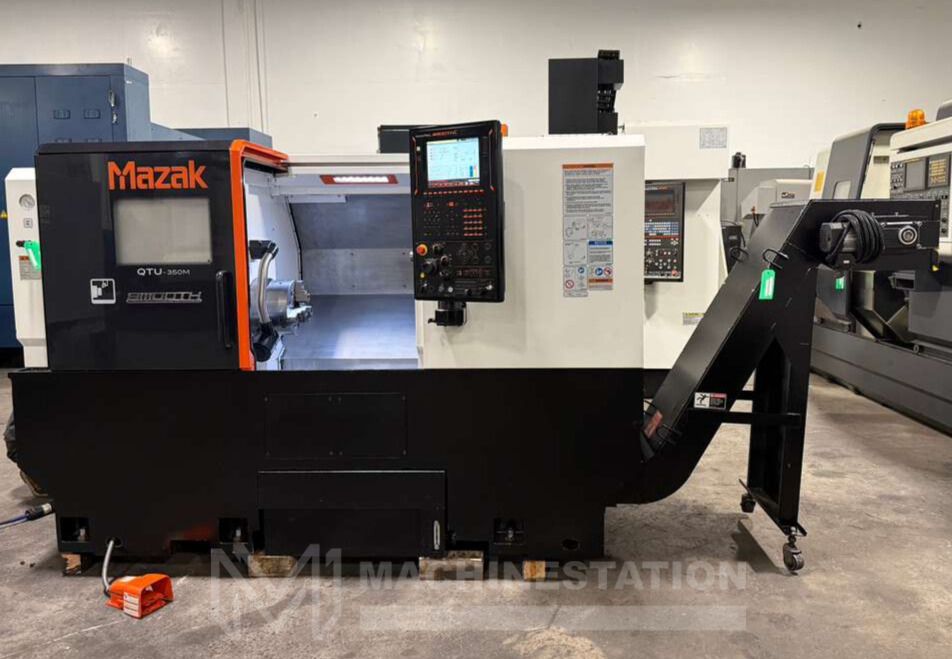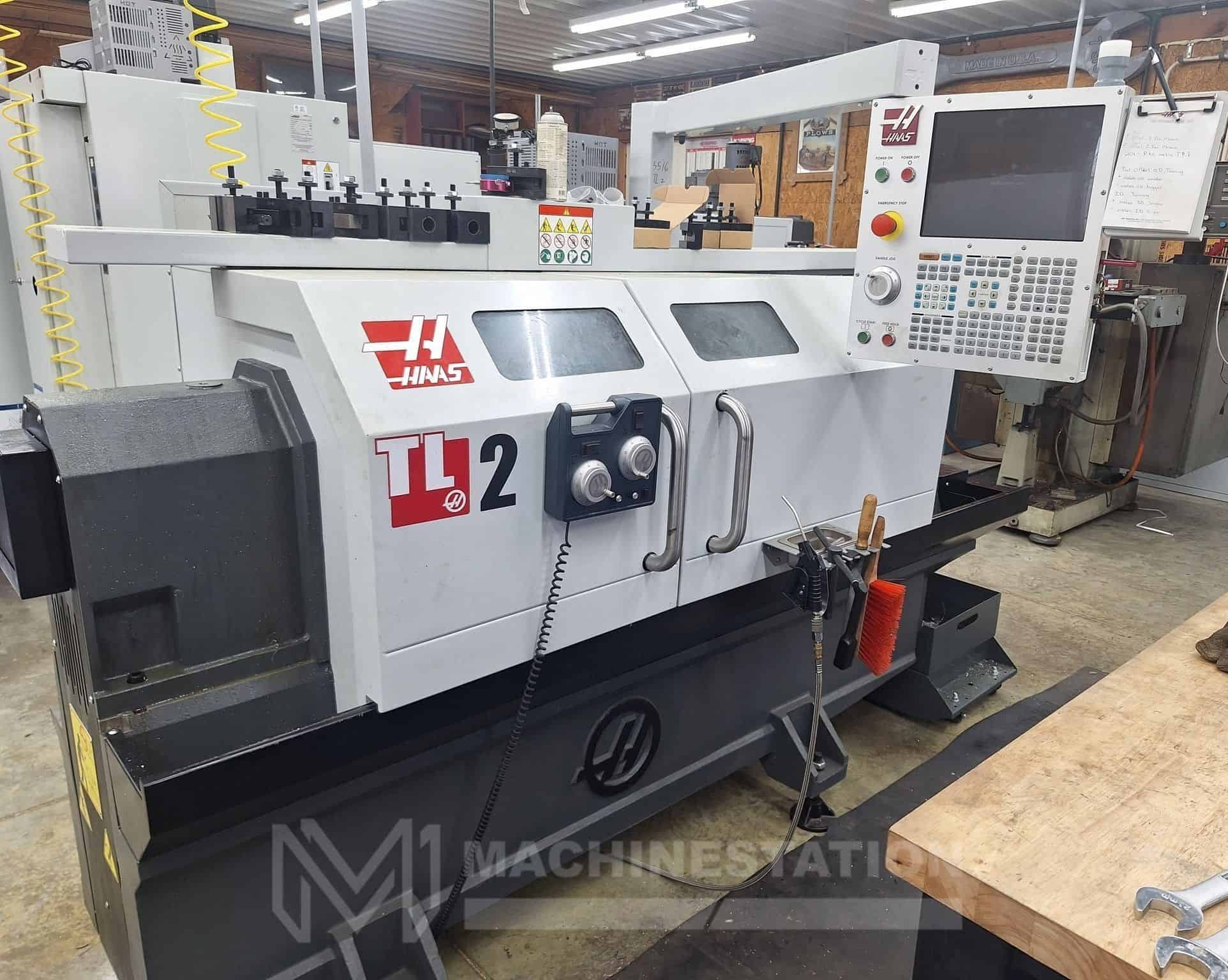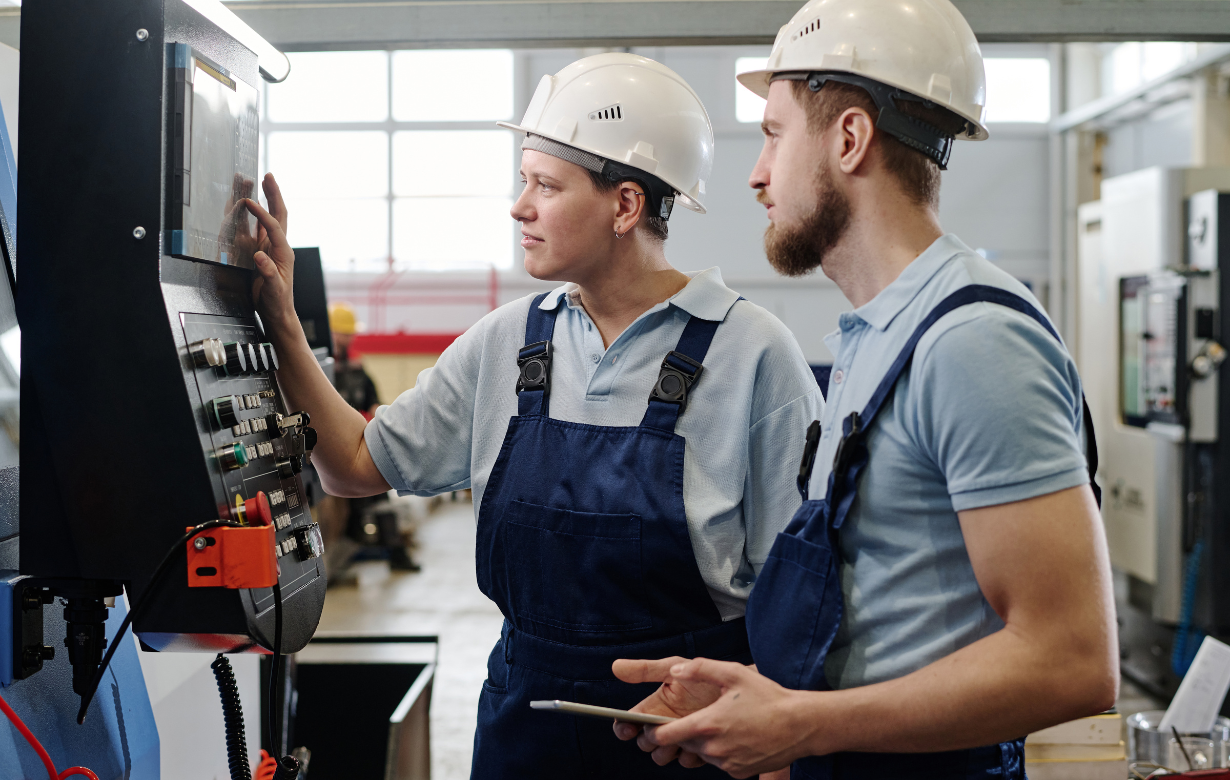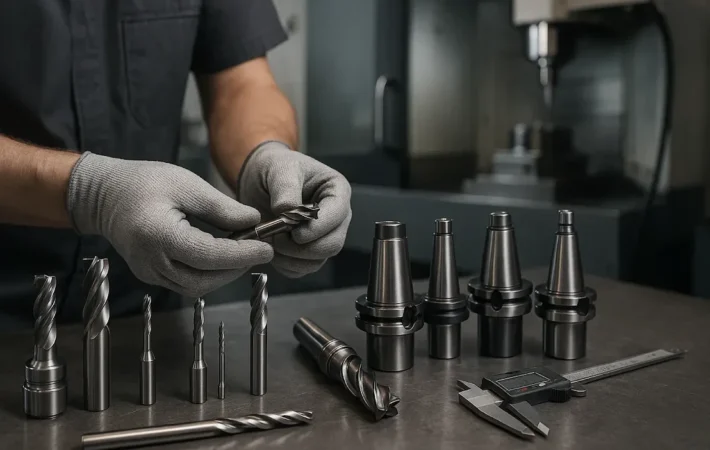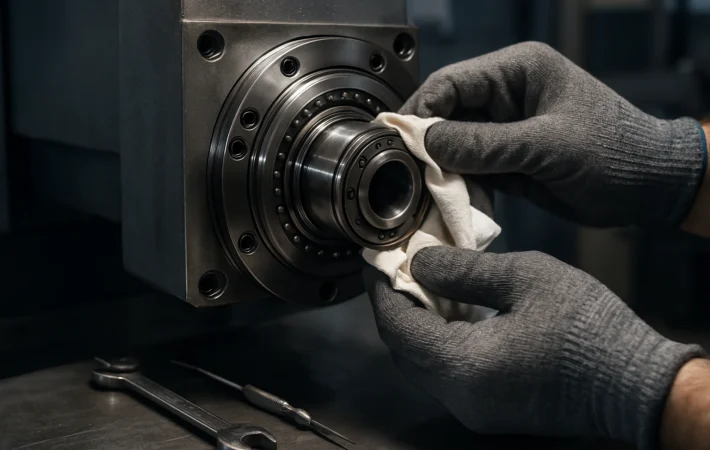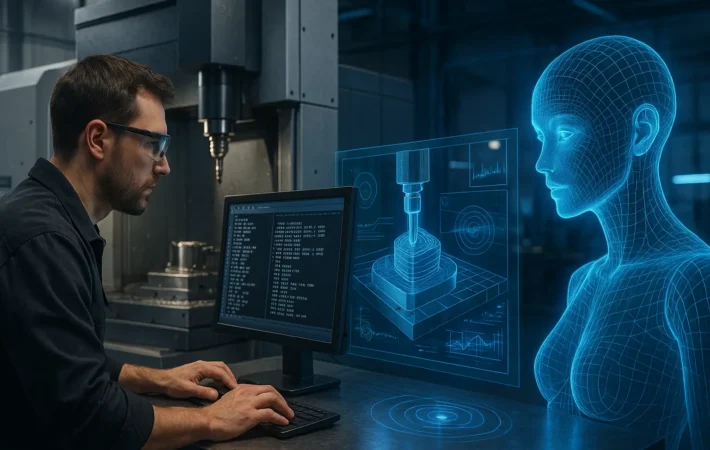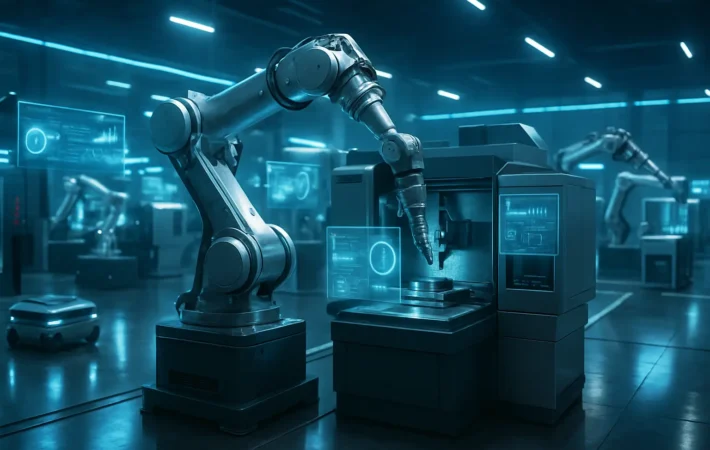CNC machines have completely transformed the machining and manufacturing industry once and for all. Previously believed to be dependent upon manual labour, the industry is now being run by some software commands. All these are due to the CNC machines that can make anything from jewellery to aerospace parts with limited manual intervention and a bunch of codes. The current manufacturing doesn’t need a hammer anymore but it surely needs some programs. To make a CNC machine run in the right way and help you develop a good product, you need to load and run a CNC program. Now, if you’re curious about how to do that, then let’s dive deep in to find that out.
What are CNC programs?
Before we discuss how to load and run a CNC program, let’s find out what a CNC program is. In easy language, a CNC program is a bunch of instructions written in coding languages, especially G-code and M-code. To make sure your CNC machine operates correctly and produces your desired end product you need to load and run these programs.
Preparing the machine: pre loading works
Before you load and run the CNC program in your CNC machine, you need to get your machine prepared for that in the first place. Here are the steps you need to follow to prepare your CNC for the program
- Machine warm up – Every CNC machine needs a warm up period before it starts the machining works. This warm up period of your CNC machine will help to circulate the lubricants and also ensure thermal stability. But also make sure to check your machine’s manual about the warm up procedure.
- Tooling and fixtures – In the next step, you must install your workpieces in the right way with the appropriate clamps, vises, or fixtures. You should also check that they are securely fastened and won’t shift during the machining process.
- Safety checks – In the last step, you need to make sure that all the safety limits are in check there is no chance of any accident during the machining and the machine won’t move out of its limits.
Loading the CNC program
Now, if your machine is ready then we need to go for the next step which includes loading the CNC program. Here are a few steps that you need to follow to load the CNC program –
- Connect the program storage device – After you have written the G-code, transfer it and save it in an USB drive. Then insert the USB drive in the USB portal of the CNC machine. Then navigate to the “Program,” “File Management,” or “Input/Output” screen on the control. Then load it or copy to the machine’s internal memory. After all that is done, choose the desired program file and confirm the transfer.
- Connect with ethernet/network – This can be the better option in industrial environments. If your CNC machine is networked then you can transform programs directly from a shared folder on your computer. It may involve setting up an FTP server. Finally, you will have to select the program for loading by navigating to the “Network,” “DNC,” or “File Transfer” menu.
- RS-232 Serial Port – This mechanism of loading a CNC program is important for old machines and is applicable when you are looking to buy used CNC machines. This process will need an RS-232 cable connected between your computer and the CNC control. You will also need the DNC (Direct Numerical Control) software on your computer to control this. Also, you need to configure the baud rate, data bits, stop bits, and parity on both sides of computer software and CNC control to match.
Running the CNC program
After you are done loading the CNC program, you will have to select the right program in your CNC control system from the directory and then you will have to take the next steps to run it. Here are the steps to run the CNC program –
- Verify the program – In the first step, you need to verify the program. Do graphic stimulation of the whole program, which is mostly available in the new machines. Check the program correctly, and look deep for syntax errors, incorrect tool calls, or even mismatched coordinates.
- Set the machine in the correct mode – In the next step, you should ensure that the machine is in the right mode to operate. You should change the mode to ‘Auto’ and ‘Memory’, which will tell the machine to execute the given program automatically.
- Set feed rate and spindle speed – Then before starting the machining process, you need to set the feed rate override and then you will also have to set up a RPM for the spindle.
- Initiate coolant – Most cooling starts as per the M-code but you will have to initiate it if not M-coded. If it’s not automatically activated then you need to manually activate it before the machining process begins.
- Start the machining process – Once all the checks are done, you need to start the machining process by clicking the ‘cycle start’ or ‘start’ button. If anything seems to go wrong after the machining starts, you must press ‘emergency stop’ to get saved from any major accident.
Troubleshooting common issues
Loading and running a CNC program is not a tough job, but there can be some difficulties in that problem. So here are some common problems you may face and here are the best solutions to those issues –
- Program errors – Firstly, there can be syntax errors or incorrect formatting of the CNC program, and the CNC machine won’t run the program in the right way if that happens. So always check that before starting the operation.
- Tooling issues – Incorrect tooling with the correct program won’t give you the correct end product so you need to be sure that all the tools are correctly installed, tightened, fixed, and calibrated.
- Material issues – Last but not least, your machining operations can get hampered due to the material you use. Defective material, incorrect material size, and improper material preparation can kill your result.
Conclusion
The main factor behind the operations of a CNC machine is its program and loading or running the CNC program is actually not a tough job. It just needs a deep inspection before you start the machining to avoid any major accidents.

